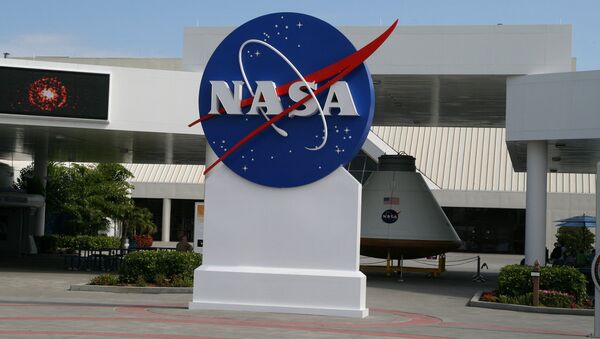MOSCOW, November 24 (Sputnik) — NASA has concluded contracts with two private-sector enterprises, intending to develop practical approaches to asteroid mining, encouraged by the successful comet landing earlier this month, as such model of space exploration may prove commercially viable, possibly attracting investment capital and other market instruments into the traditionally government dominated aerospace industry.
The concept of asteroid mining has developed during the last decade. While it is extremely expensive to send an object into space from the Earth, asteroids have almost no gravity, making them easy to pick up and move around. Asteroids can be brought to a processing station hovering over Earth at a high orbit, where useful resources can be extracted prepared for further use. Such operations would demand very little fuel as harvesting spacecraft will not need to takeoff from Earth each time it starts a new mission.
“Right now it costs $17 million per ton to get anything up to geosynchronous orbit,” David Gump, vice chairman for DSI said as quoted by the Boston Globe. “If we can beat whatever that price is in 2022, we’ll have a big market.”
What DSI intends to do is to launch small reconnaissance spacecraft called FireFlies to explore near-Earth asteroids (NEAs) for any valuable resources. At the beginning, the resources of primary interest will be those able to be used to refuel satellites, build space infrastructure and provide astronauts with water and air. As the project advances, some of the most precious resources like the platinum-group metals, will be transported down to Earth. Spacecraft dubbed DragonFlies will take samples of asteroid terrain to Earth for analysis. The following stages are the actual ‘harvesting’ of asteroids with robotic harvester spacecraft, the processing stage, where metals will be extracted and refined in a geostationary orbit, and then the manufacturing stage, akin to the Earth-based aerospace industrial production, but in the outer space.
Planetary Resources, on their part, are more concerned with the financial part of the business as they are intended to actually bring the asteroid resources down to Earth.
The company intends to operate several satellite telescopes in order to identify asteroids containing precious resources. Sometime later, Planetary Resources will launch an unmanned orbital station that will host robotic spacecraft able to conduct asteroid mining and deliver the commercially viable resources to Earth.
At present, NASA seems to favour the Planetary Resources project as it presents more of a simple, straightforward commercial approach to a risky incentive which space mining is. However, the DSI work potentially will provide greater benefits for broader-scale space exploration, when the work of multiple missions from Earth will need to be sustained.
However, the first attempt at an asteroid landing for a purpose of collecting information and, possibly, matter samples, will be undertaken by NASA in September 2016, when an OSIRIS-Rex spacecraft will land on the surface of a near earth object known as ‘Bennu’.

